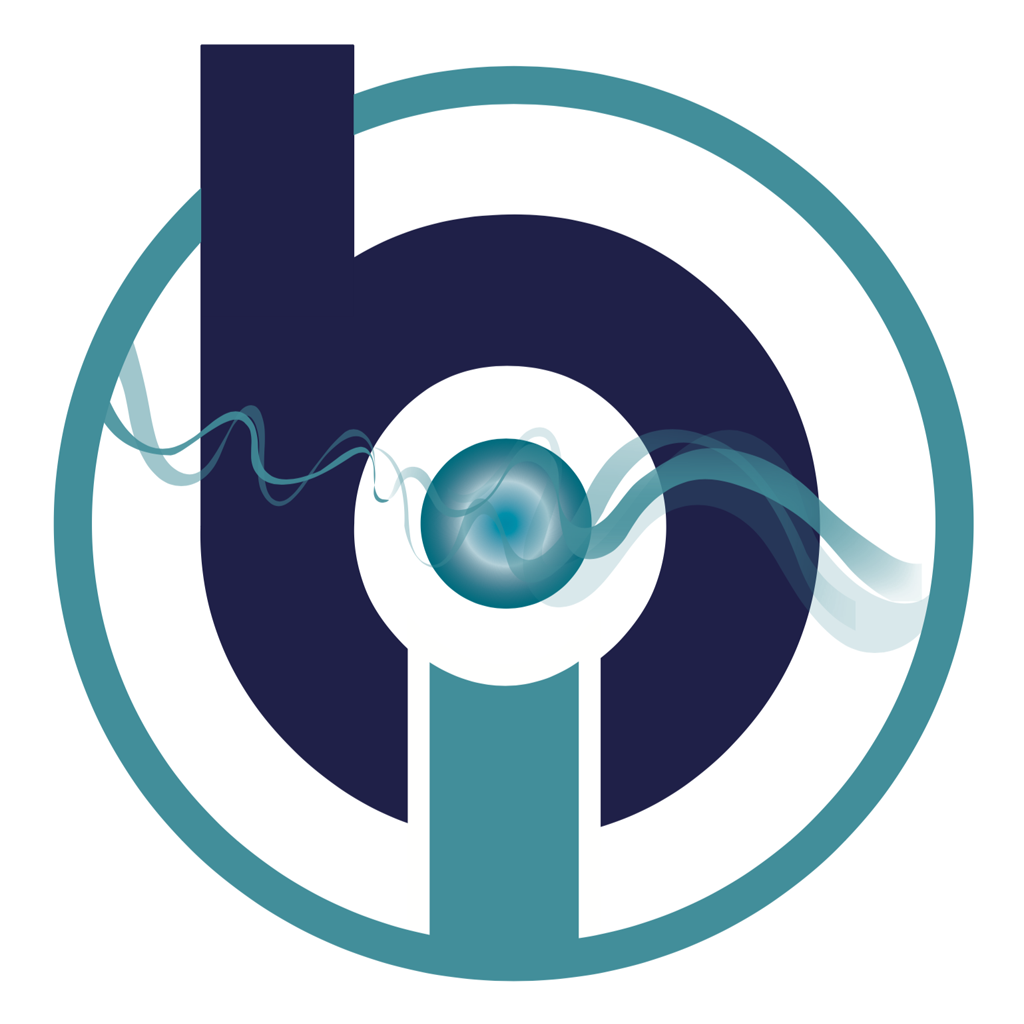Autism spectrum disorder is an umbrella term for conditions that affect a person’s social, behavioral, speech, and communication skills, among others. The autism spectrum encompasses a lot of different symptoms and each person affected by it may have their own unique traits.
Bioresonance therapy or BRT is an ambitious new type of therapy that involves the electromagnetic waves in the body. It aims to improve an autistic person’s brain function as well as reduce symptoms related to autism. In this article, we will talk about the symptoms and possible causes of autism spectrum disorder, and if they can be treated with BRT.
What is autism spectrum disorder?
According to the CDC, 1 in 59 children is on the autism spectrum, with prevalence being seen more in boys than girls. Among those affected by autism, a significant number are nonverbal or are affected with a kind of developmental disability. Today, treatments and therapies for autism are continually being developed in order to help these patients lead better lives.
By definition, autism is a neurobehavioral disorder that affects a person’s ability to behave normally and engage with others. Typically, people with autism engage in repetitive behaviors and have difficulties in communication. The disorder can be diagnosed as early as two to three years old. It is a lifelong condition, but there are numerous options for treatment and therapy, which now includes bioresonance.
What causes autism spectrum disorder?
The causes of autism spectrum disorder are largely genetic in nature, along with environmental and biologic causes. Thus, autism can be hereditary, but that is not always the case. Some cases of autism are caused by other conditions such as tuberculosis sclerosis, encephalitis, rubella (during pregnancy), untreated PKU, and fragile X syndrome, Angelman syndrome, and chromosome 15 duplication syndrome among others.
What are the symptoms of autism spectrum disorder?
Diagnosis of autism spectrum disorder relies largely on observation and analysis of a child’s development and behavior.
Infants and children with autism spectrum disorder usually miss expected milestones as they are growing up. Parents with autistic children often notice that their child does not communicate as much or as effectively. Specifically, they may not talk much, show interest in other people, or do not socialize with other children or adults. Some also fail to recognize emotion.
However, not all infants who have speech delays are automatically on the autism spectrum. Some are simply late bloomers. But keep in mind that children who still do not communicate effectively by or past the age of three years old need to be taken to a specialist for diagnosis. If diagnosed early on, appropriate therapy can help autistic children learn verbal and nonverbal communication skills.
Another symptom of autism is the failure to use language properly or effectively. People with autism will have difficulty in constructing sentences or keeping up with a conversation. Moreover, they have problems with recognizing nonverbal cues such as body language, tone, or facial expressions. Again, these difficulties can be improved through therapy.
People with autism can also have behavioral symptoms such as repetitive behavior, routine behavior, sensory interests, or unusual preferences.
Moreover, autism spectrum disorder may come with other comorbidities such as learning disabilities or delayed learning, ADHD, epilepsy or seizure disorder, GI problems, OCD, sleep problems, and mental health disorders such as bipolar disorder, depression, or anxiety. Oftentimes, comorbidities are treated independently.
Needless to say, there are numerous symptoms and conditions related to autism spectrum disorder, but it doesn’t mean that every child will suffer from them. Some autistic people are highly-functioning who can immerse well in society. Otherwise, proper therapy and treatment can help autistic children to develop the necessary skills they would need later in life.
Bioresonance and autism spectrum disorder
Among the numerous diseases that bioresonance therapy claims it can treat to an extent, autism spectrum disorder is one of them. Although bioresonance therapy cannot cure autism, it can possibly improve the quality of life of a patient by getting rid of some of the symptoms, such as improve their behavior. More importantly, bioresonance therapy may help a patient’s brain to develop and thus enhance their skills.
Like conventional therapies for autism, BRT cannot get rid of the disorder. Aside from bioresonance therapy, patients with autism can be treated through a tailor-made intervention plan. Because each child is different, interventions and therapies should be appropriate for their specific needs.
There are a lot of facilities nowadays that cater to patients with autism. Numerous institutions, programs, and therapies are available to help children develop their skills while reducing the symptoms of autism.
Conclusion
Autism spectrum disorder consists of a number of conditions that affect a vast number of children all around the globe. Even though autism has no cure, there are a lot of ways that an autistic child can grow and develop as normally as possible. One of these methods is bioresonance therapy, which is said to help reduce symptoms and improve brain function.


